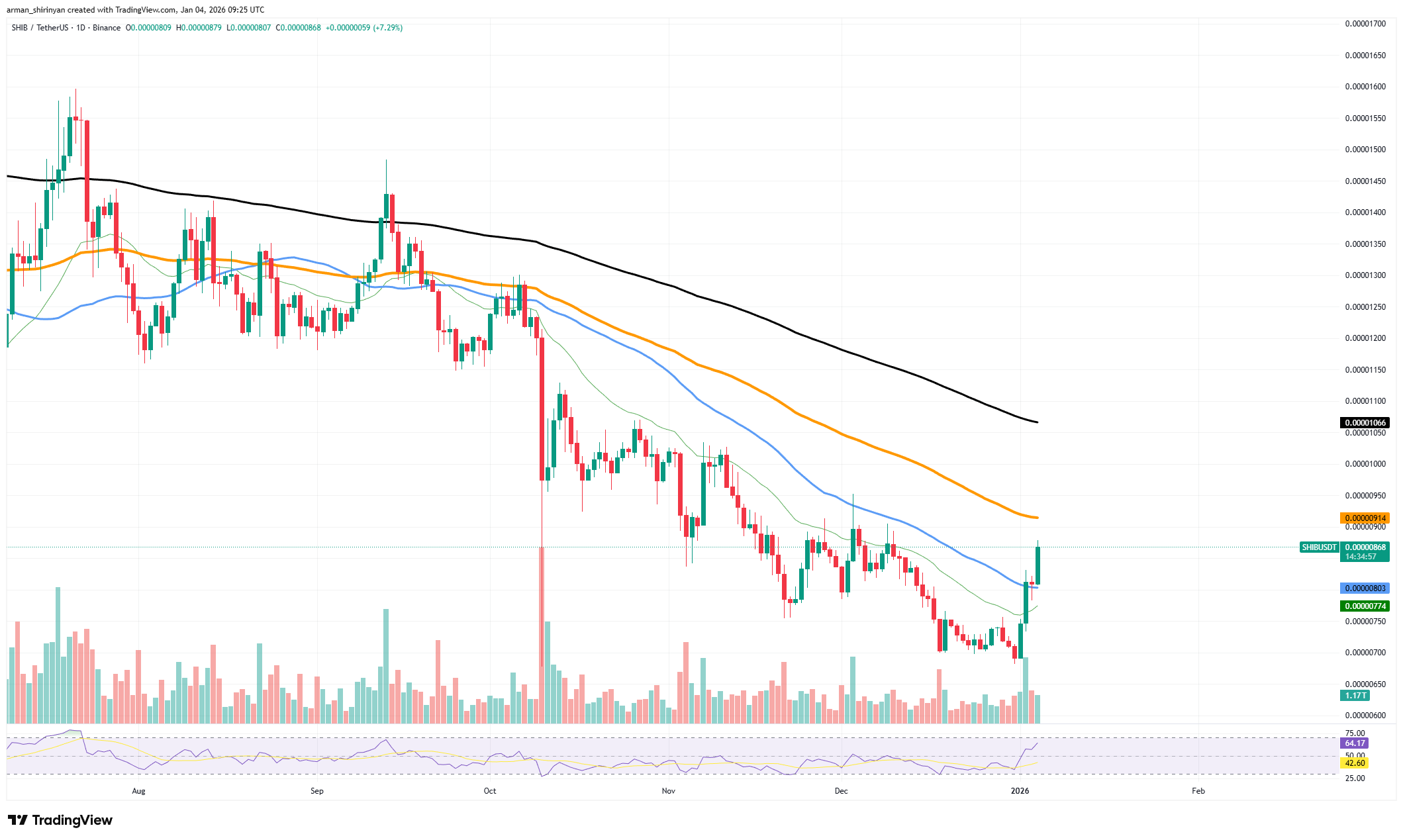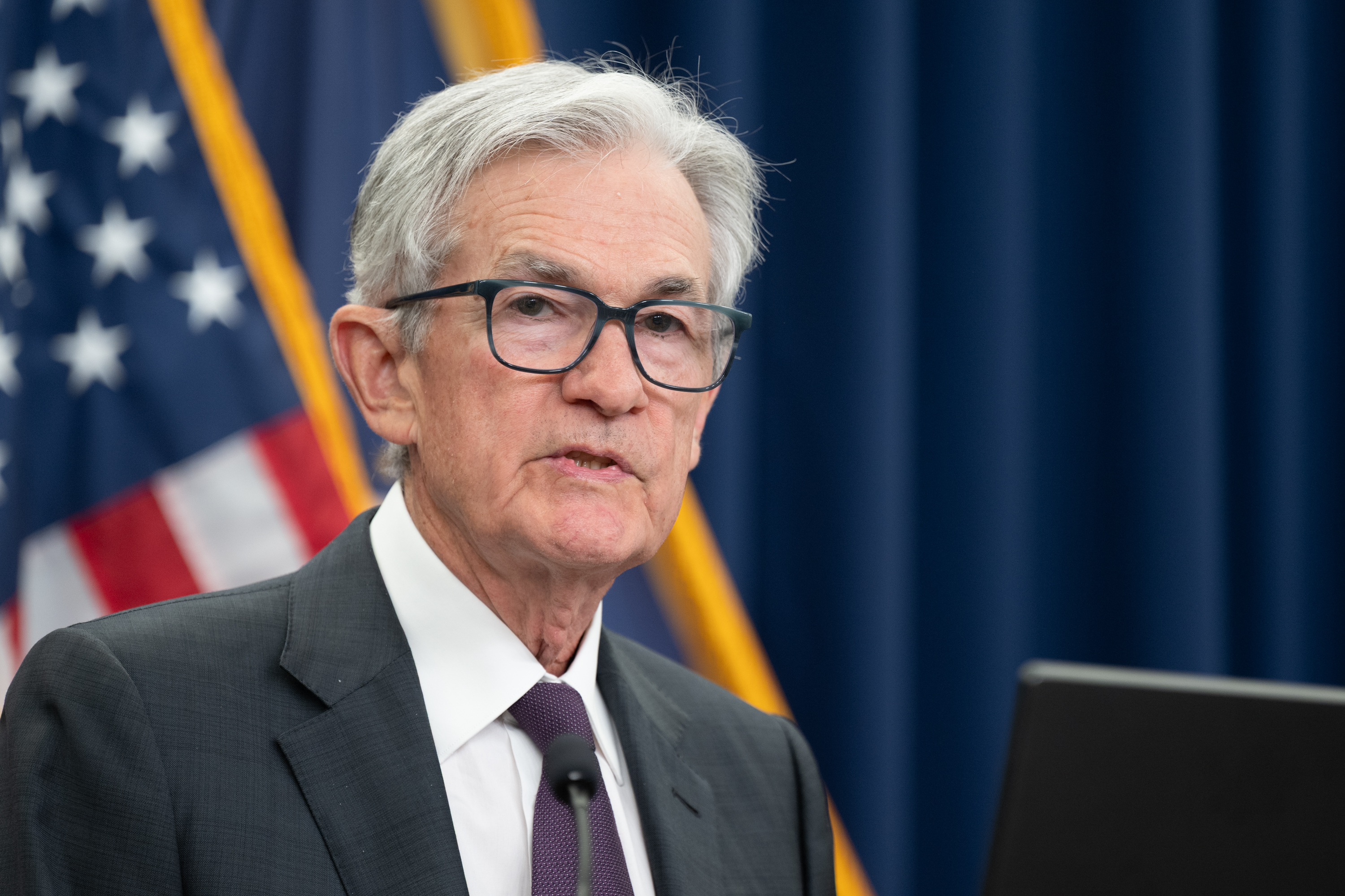Bitcoin Bounces Higher than a Bouncing Bunny! 🚀💰

Like a mischievous little rascal, Bitcoin decided to take a leap while the global markets were taking a long, leisurely nap. 💤 It’s like it found a secret door to the land of crypto where only it could play!






